
The Drinker
This large, fluffy-looking moth is on the wing in July and August, but you might spot a caterpillar at almost any time of year.

This large, fluffy-looking moth is on the wing in July and August, but you might spot a caterpillar at almost any time of year.
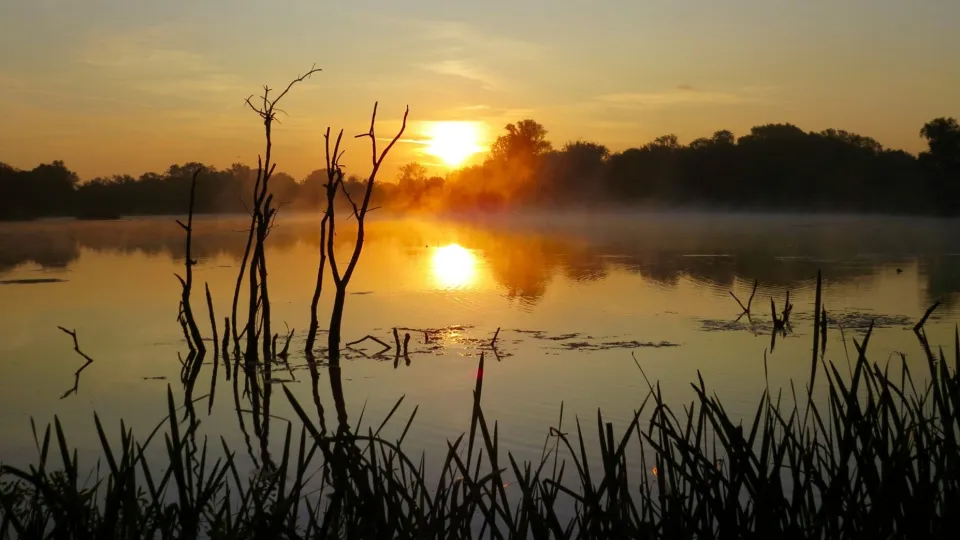
Healthy wetlands store carbon and slow the flow of water, cleaning it naturally and reducing flood risk downstream. They support an abundance of plant life, which in turn provide perfect shelter, nurseries and breeding grounds for wildlife.

Farmland can conjure up rural images of brown hares zig-zagging across fields, chattering flocks of finches and yellowhammers singing from thick, bushy hedges and field margins studded with wildflowers.
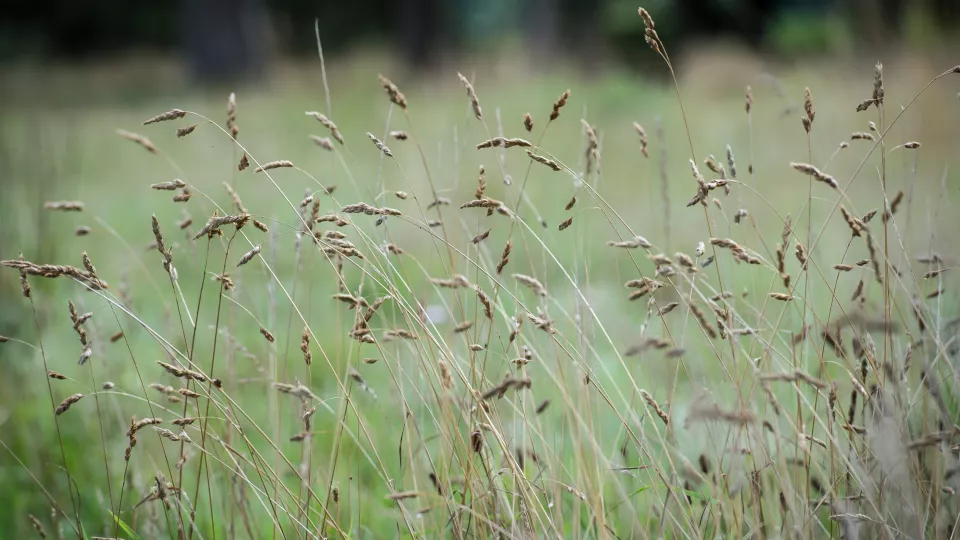
Flower-rich grasslands, once a part of every farm, are part of our culture. Most have developed alongside humans because of livestock grazing and cutting for hay. Many have archaeological and historical features.
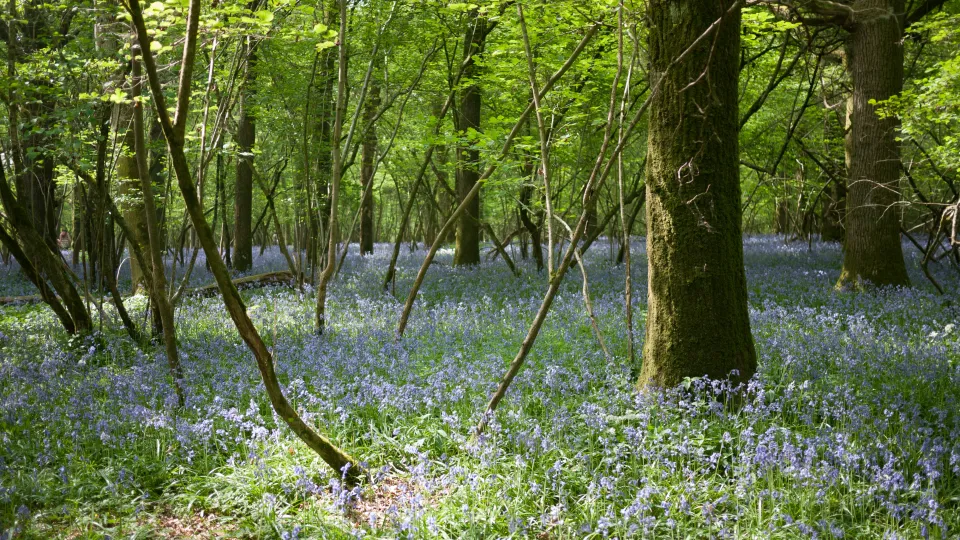
Our woodlands are a key tool in the box when addressing climate change for their carbon storage potential, but are less well known for their potential to limit flooding events, with wet woodlands providing a great service in slowing the flow of water downstream after extreme rain events.
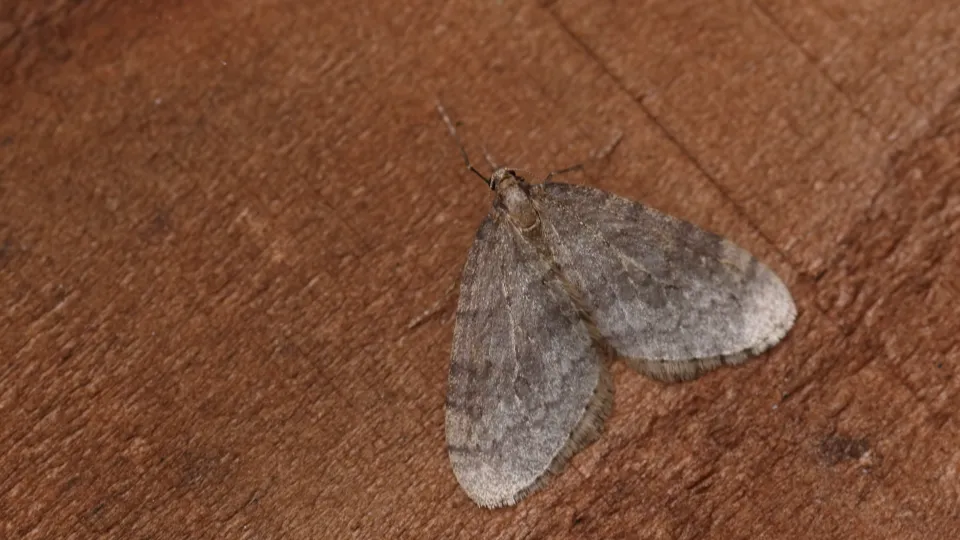
One of the few moths that fly in winter, often seen in car headlights.
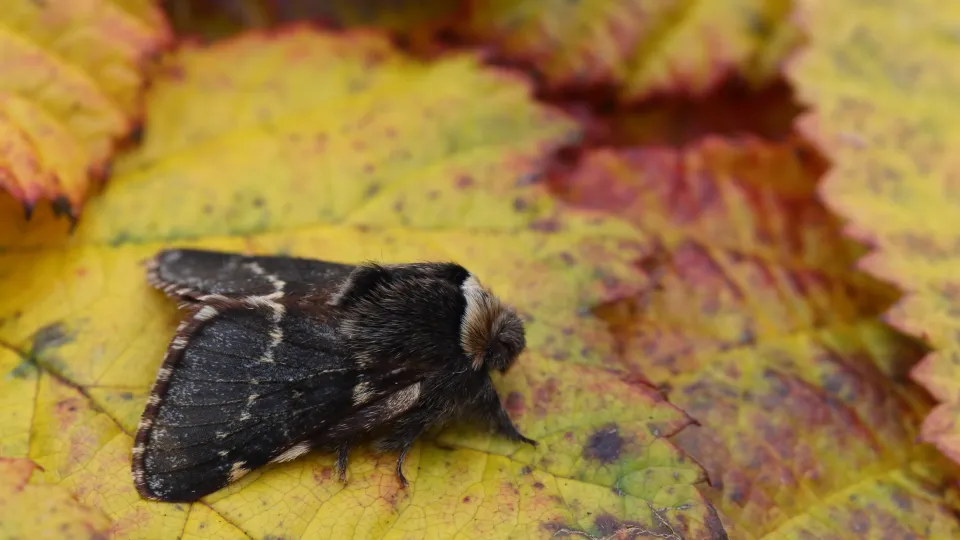
This fluffy moth is one of the few species that fly in winter.
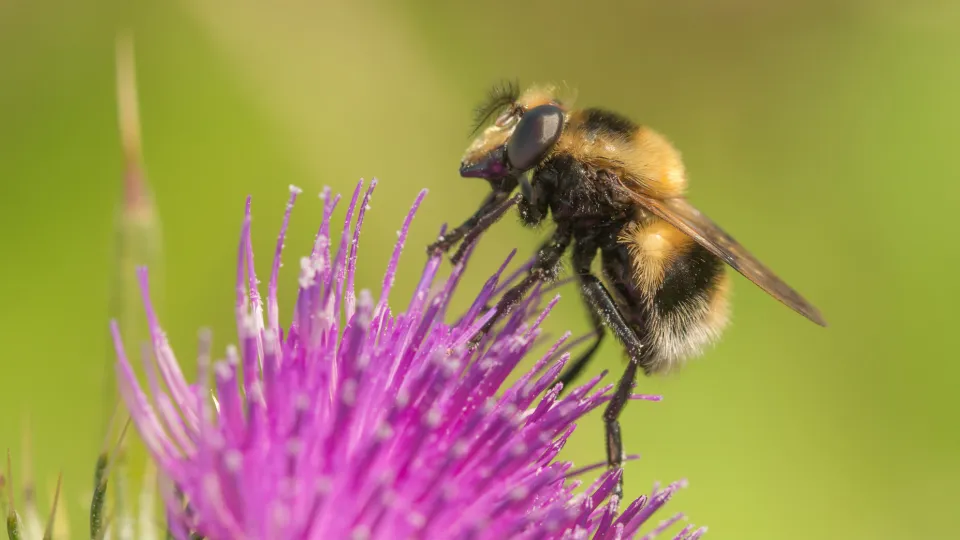
This furry hoverfly does an impressive job of impersonating a bee.
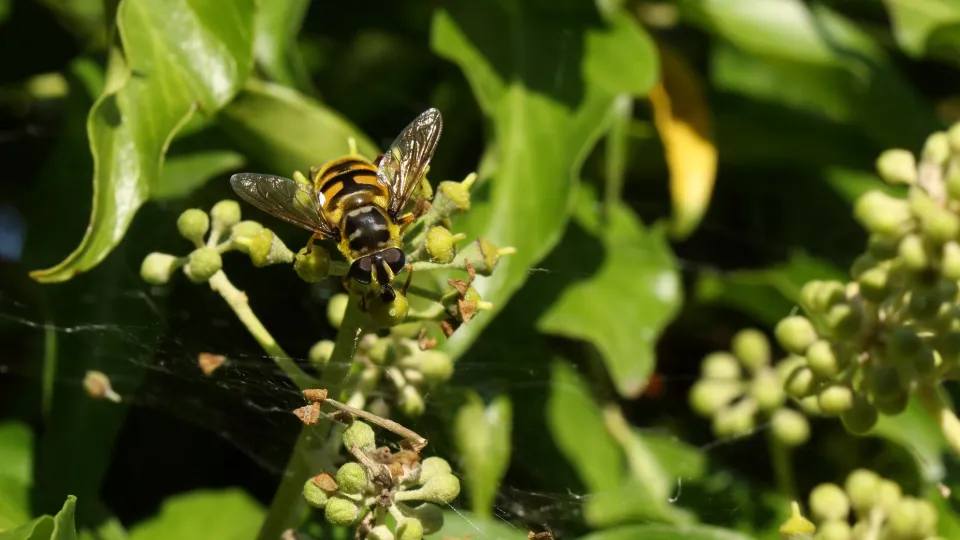
This common hoverfly can be recognised by the dark markings behind its head, which often resemble the Batman logo.

As the name suggests, this large shieldbug is often found on gorse bushes.